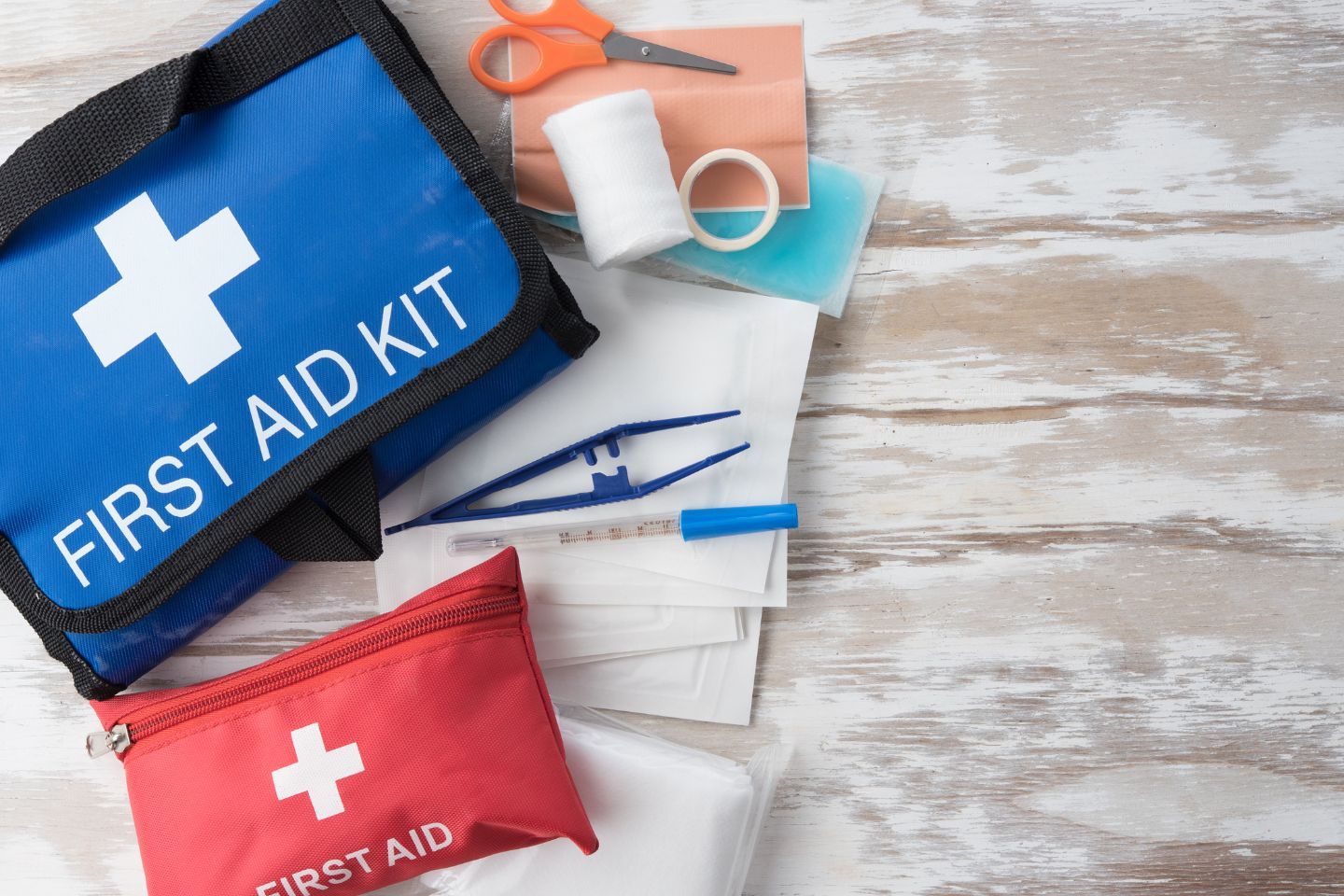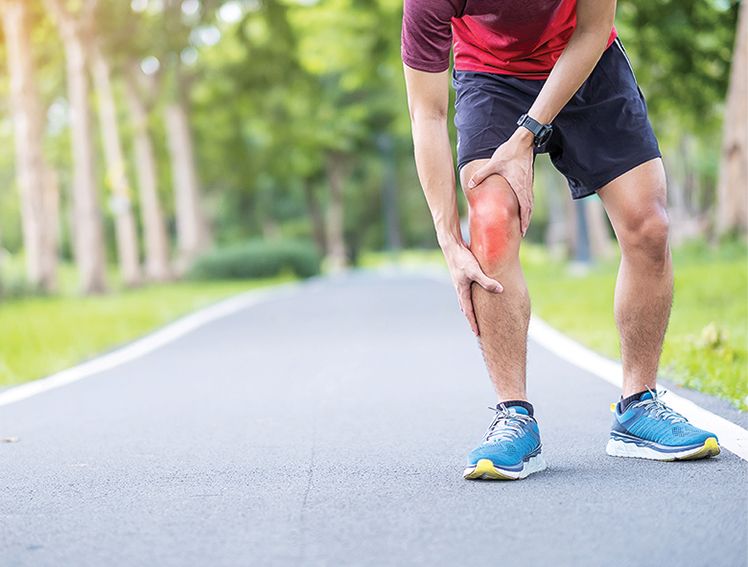
Why Acting Fast in Trauma Situations Makes a Difference
Introduction
Emergencies happen when we least expect them, and in trauma situations, quick action can save lives. The first few minutes after an injury or medical emergency are critical, as they can determine the patient's outcome. Understanding how to respond swiftly can prevent further complications and improve recovery chances. This article explores the importance of immediate action in trauma cases and how preparedness can make a difference.
What Qualifies as a Medical Emergency?
A medical emergency is any situation that requires urgent attention to prevent serious harm. Common trauma-related emergencies include:
Severe bleeding – Uncontrolled blood loss can lead to life-threatening conditions.
Breathing difficulties – Struggling to breathe or sudden respiratory failure.
Loss of consciousness – A warning sign of serious internal injury.
Chest pain or heart attack symptoms – Immediate medical help is needed.
Severe burns or electric shock – Can cause lasting damage if not treated quickly.
Head injuries or fractures – This may lead to complications if ignored.
Recognizing these emergencies and taking immediate steps can save lives.
Why Timely Action Matters
In trauma situations, time plays a crucial role in determining the patient's survival and recovery. Acting without delay can:
Increase survival rates – The sooner a person receives care, the higher their chances of recovery.
Prevent complications – Immediate attention reduces the risk of worsening injuries.
Improve recovery outcomes – Prompt treatment can shorten hospital stays and improve long-term health.
Delays in seeking medical help can result in severe consequences. Quick action ensures better chances of survival and recovery.
Recognizing a Trauma Emergency: Key Warning Signs [1]
Knowing the warning signs of a trauma emergency can help you take action quickly. Look for:
Heavy bleeding that doesn't stop
Difficulty breathing or choking
Unresponsiveness or confusion
Severe pain or visible deformities after an injury
Burns covering a large area of the body
No pulse or irregular heartbeat
If you notice any of these signs, call for medical help immediately.
The ABCs of Trauma Response: What to Do Before Help Arrives [2]
In an emergency, following a structured approach can make a difference. The ABCs of trauma response include:
Airway – Ensure the person's airway is clear.
Breathing – Check if they are breathing and perform CPR if needed.
Circulation – Control bleeding by applying direct pressure to wounds.
Call for Help – Contact emergency services without delay.
Position the Patient – If unconscious but breathing, turn them on their side to prevent choking.
Monitor Condition – Stay with the person and provide reassurance until help arrives.
These steps can stabilize the injured person and improve their chances of survival.
Must-Have Emergency Preparedness Kit
Having an emergency kit ready can aid you to respond effectively to trauma situations. Your kit should include:
Sterile bandages and gauze – To stop bleeding and protect wounds.
Antiseptic wipes – To clean wounds and prevent infection.
Disposable gloves and masks – For hygiene and safe handling of injuries.
Scissors and tweezers – For cutting bandages or removing debris.
Instant cold packs – Help reduce swelling and pain.
Basic pain relievers – These are for temporary relief until medical help arrives.
Emergency contact numbers – A list of ambulance services and hospitals.
Being prepared with these essentials can make a significant difference in an emergency.
Trauma Prevention: How to Stay Safe
While some emergencies are unavoidable, certain precautions can reduce the risk of trauma:
Follow road safety measures – Always wear seatbelts and helmets.
Stay alert in hazardous environments – Avoid distractions in potentially dangerous situations.
Ensure home safety – Keep floors clear of obstacles and secure heavy furniture.
Learn basic first aid – Knowing CPR and wound care can be lifesaving.
Encourage emergency preparedness – Teach family members how to respond to medical emergencies.
Auric™ Bionik Gold by Meril
The Auric™ Bionik Gold Plating System by Meril Life is a strong yet lightweight solution for fixing broken bones. Made from high-quality titanium, it has a special coating that makes it more durable and reduces wear over time. This means fewer complications and a longer-lasting implant. It comes in a sterile package and is ready to use, lowering the risk of infection. Doctors use it to treat different types of fractures in adults and teens, helping bones heal properly.
Conclusion
Trauma situations demand immediate action and knowing what to do can make a lifesaving difference. Recognizing emergencies, taking swift steps, and staying prepared can help prevent complications and improve survival chances. In critical moments, being informed and ready ensures that you can respond effectively and confidently when time matters most. We can create a safer and more resilient community by spreading awareness and promoting preparedness.



